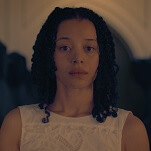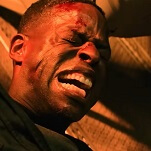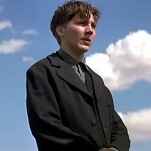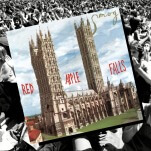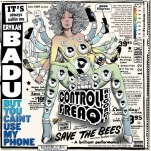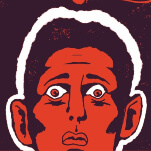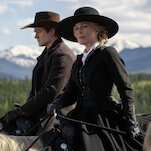The Perfume Of The Lady In Black

The wonderfully ornate title of Francesco Barilli’s The Perfume Of The Lady In Black refers to something simultaneously specific—an image of the heroine’s late mother, reflected in her bedroom mirror—and intangible, a scent that’s pungent and evocative, but nonetheless a vapor. That’s the film in a nutshell: Hard to comprehend in its particulars—what’s real and what unreal, how the past and present relate to each other—yet suggestive of a nightmare that’s partly a manifestation of a woman’s madness and partly justified paranoia about the people around her. Devotees of Italian giallos will recognize The Perfume Of The Lady In Black for its labyrinthine plotting, its operatic sense of style and melodrama, and the lurid sexuality and bloodletting that’s amplified as it goes along. Yet the film owes just as much to early Roman Polanski classics like Repulsion and Rosemary’s Baby, which emphasize their heroine’s terrifying isolation and the menacing encroachment of her neighbors.




